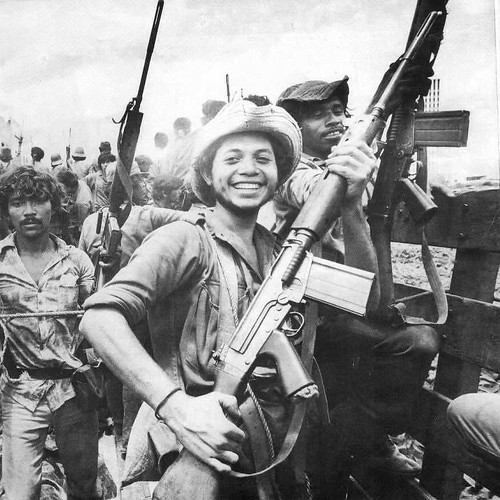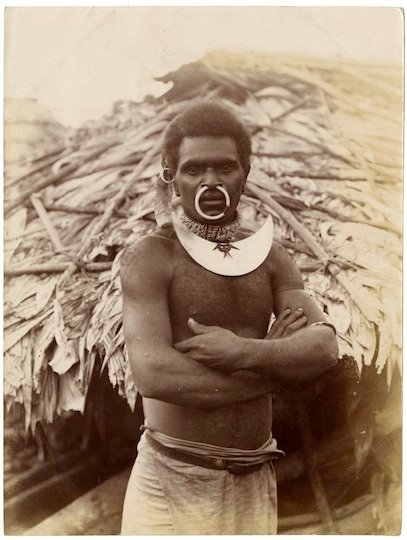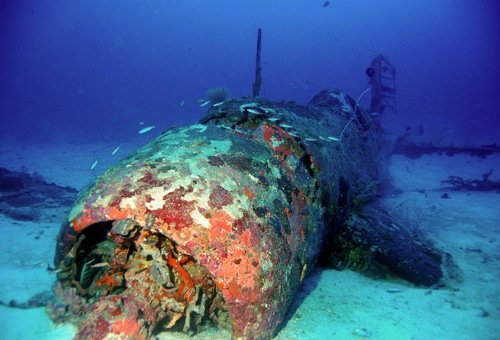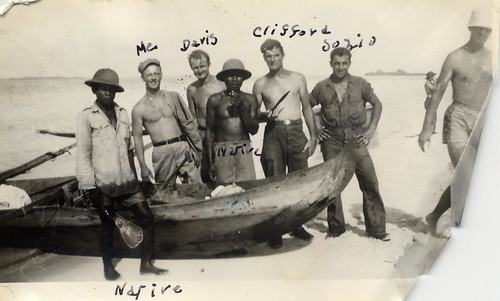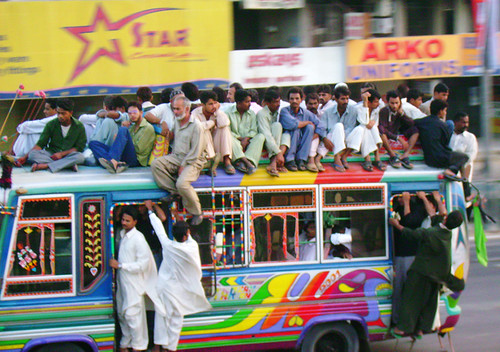I noticed that I am approaching two years of the Read The World challenge. So it seems worth pausing to take stock.
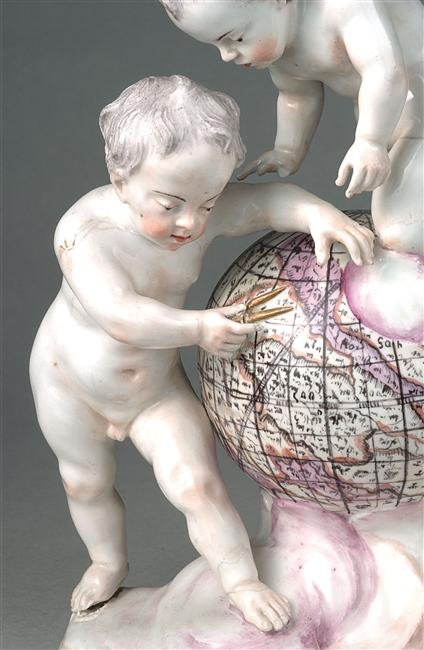
So, how’s it going?
Alright, I think. Having started with 36 countries already ticked off, I’m now on 89. So that’s 53 books in two years, at a rate of about one a fortnight… which is respectable enough. At this rate it’ll take me another four years to finish, which is slightly intimidating, but there’s no particular hurry.
I started pretty much on a whim, so it’s a success of a sort that I’m still going after two years without having got bored or sidetracked enough to quietly let the project die. There have been some occasions when it got close — I was going pretty slowly at the start of this year — but I think the trick is to always have several new books lined up at any time, so I have some choice.
What’s the point?
Since, as I said, I really got into this without any planning or forethought — Julie posted a link to it and I thought, oh, that sounds kind of fun — it’s worth asking why I’m still doing it, what I think the point is.
The main value, for me, is simply that it has made me read a lot of books I wouldn’t otherwise have found. Some of them I might have read — mainstream successes like The Kite Runner or established classics like The Maias. Others I would never have read without the challenge, like an anthology of Eritrean poetry, or a book about the architecture of the St Vincent and the Grenadines. Most fall somewhere in between; fairly conventional literary works in translation from specialist publishers: university presses, small presses, publishers aiming at the academic or educational market.
One positive effect is that I’ve been reading a lot more fiction: I was in a bit of a non-fiction rut. And I’ve been enjoying it, although I find I’m increasingly impatient with mediocre fiction. I can usually cope with non-fiction, even if it’s a bit dry; I take a pseudo-scholarly attitude and just plough through it, finding interest where I can. But badly written literary prose annoys the hell out of me.
So, am I learning all about the WORLD?
Well, yes, the books touch on lots of topics and places and cultures I don’t know much about, and hopefully some of that interesting new information stays with me.
And clearly that’s part of the point, that this is an exercise in literary tourism. But I don’t want to burden these books with the responsibility of single-handedly representing a whole country, and I don’t want to pigeonhole the authors too much.
It’s a bit like real tourism: you don’t want to be the guy who goes on a one week safari and comes back thinking he has a new and profound understanding of Africa.
One virtue of using ‘author born in the country’ as my main criterion is that it’s quite strict but it’s also essentially arbitrary. It doesn’t necessarily imply typical or representative. All else being equal, I tend to go for books which have a clear connection to the country; but enjoyable and interesting are much more important qualities than typical.
So my book from Croatia is by a woman who actively rejects the Croat identity; the one from Kyrgyzstan is set in Kazakhstan; the one from Togo is mainly about Greenland; the one from Azerbaijan is about chess. It doesn’t matter.
If anything, because this exercise involves reading a lot of post-colonial literature, I’ve read a few too many politically-driven novels which attempt to tell the story of a whole country; usually in microcosm via the life of one representative village. Sometimes that can be brilliantly successful, but often it’s the narrower, quirkier books that are more engaging.
